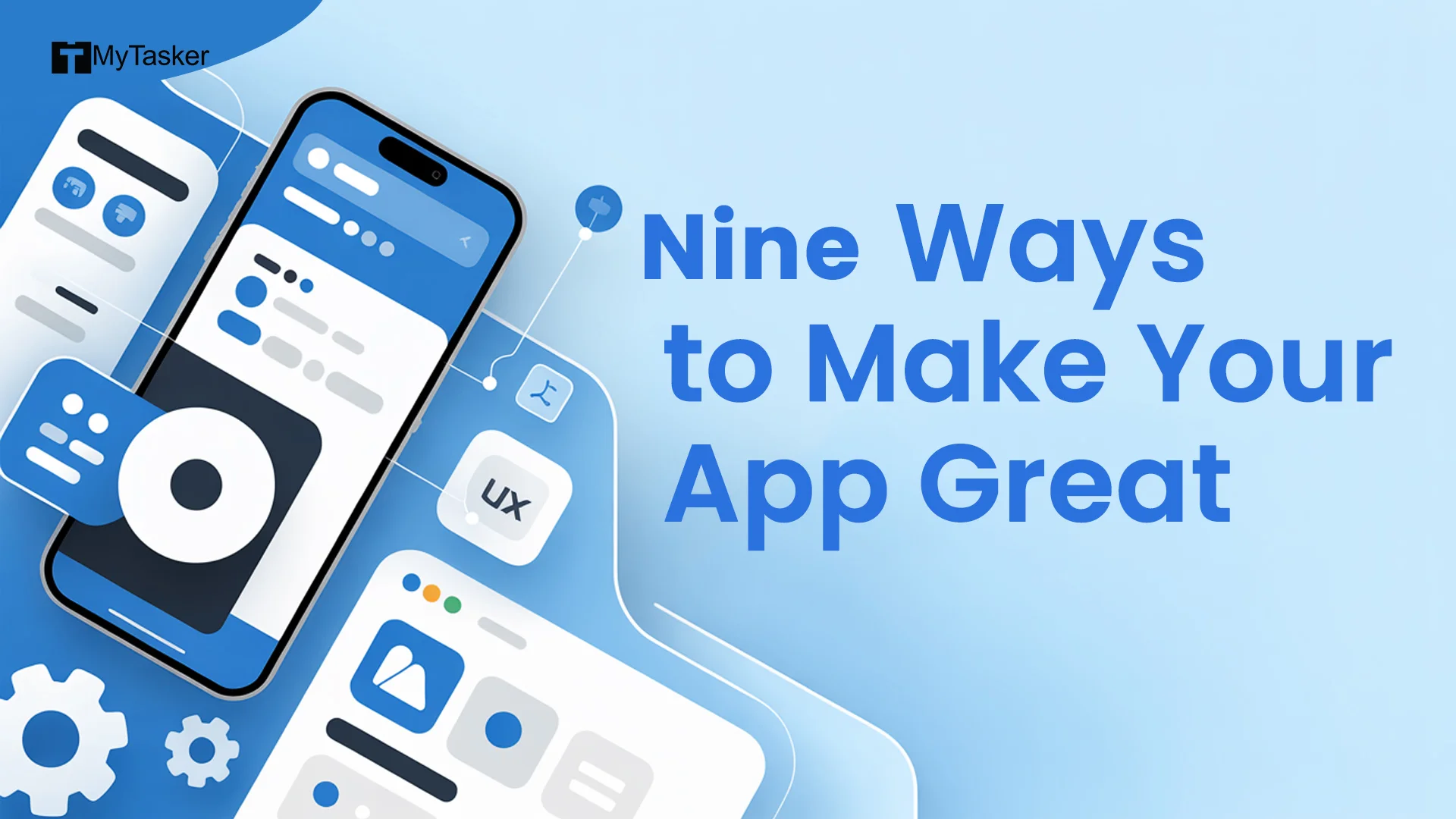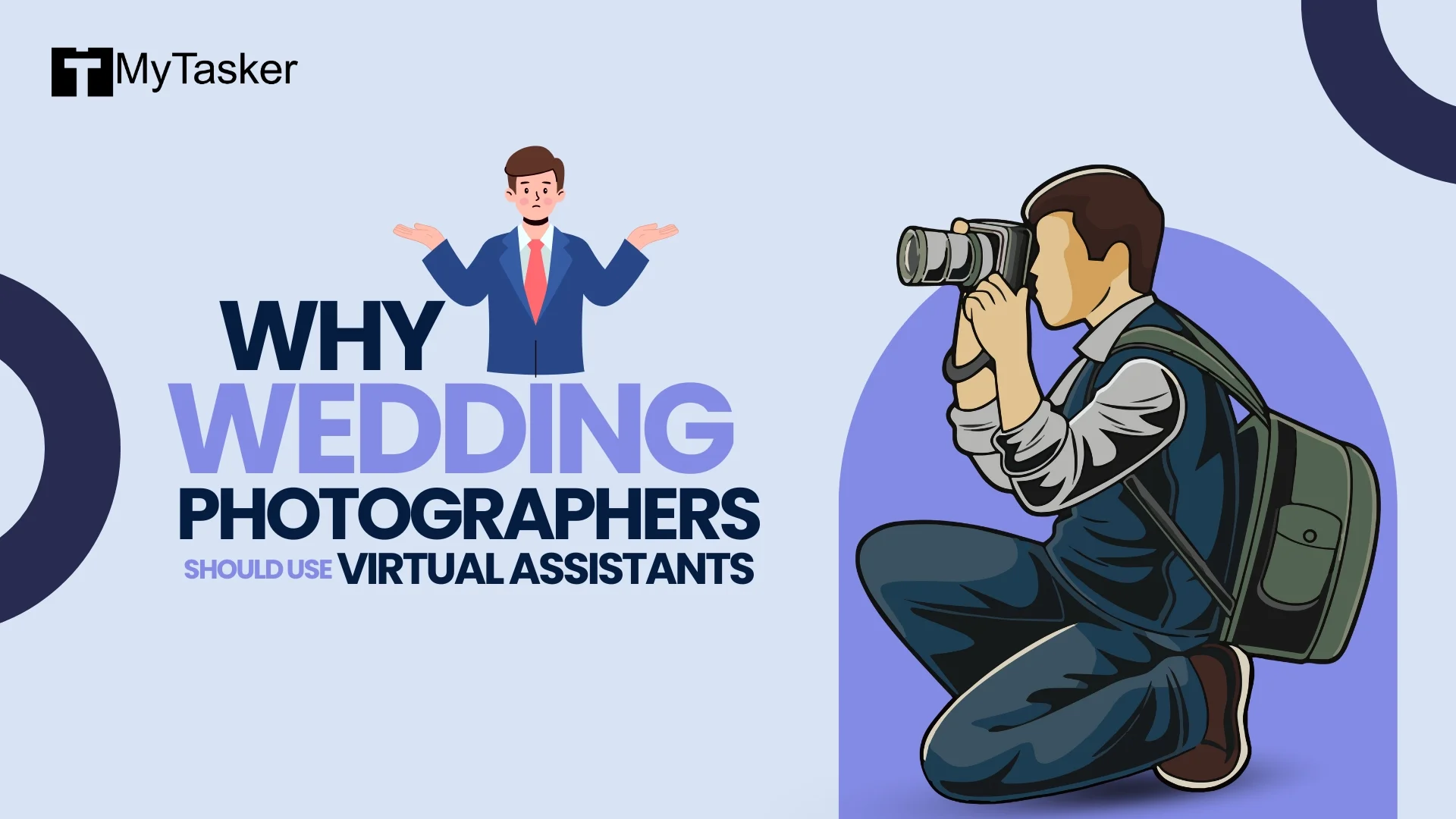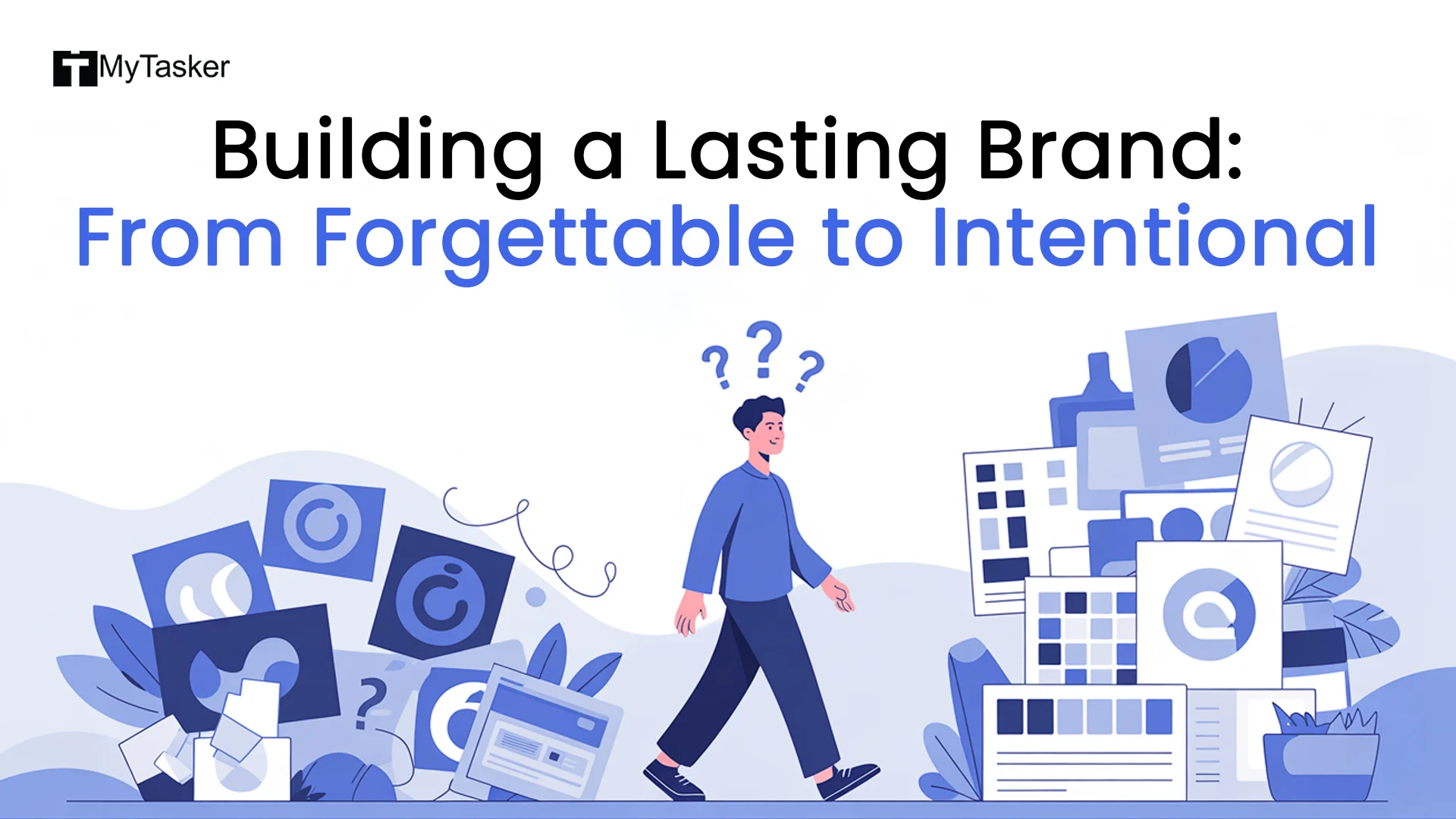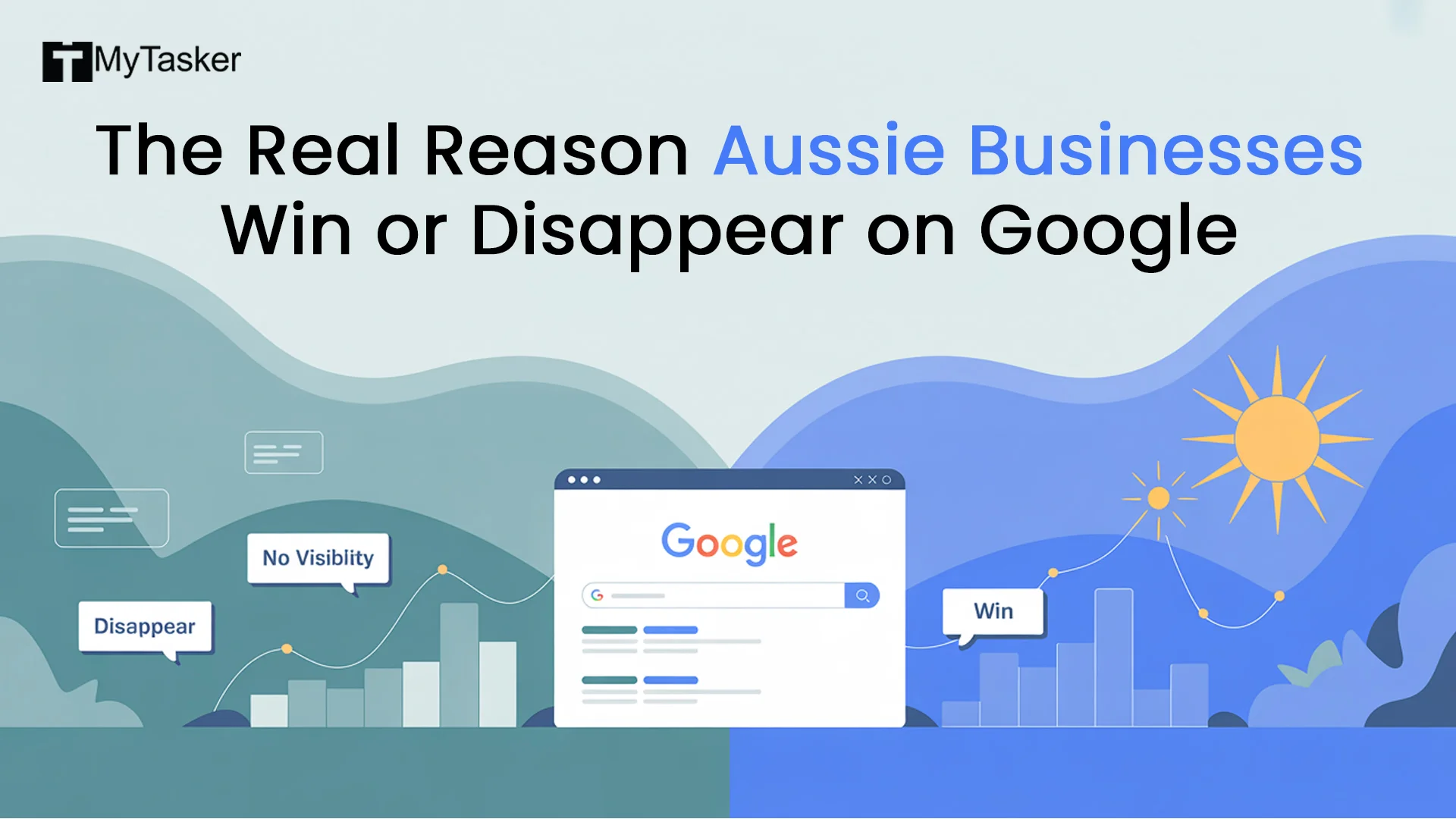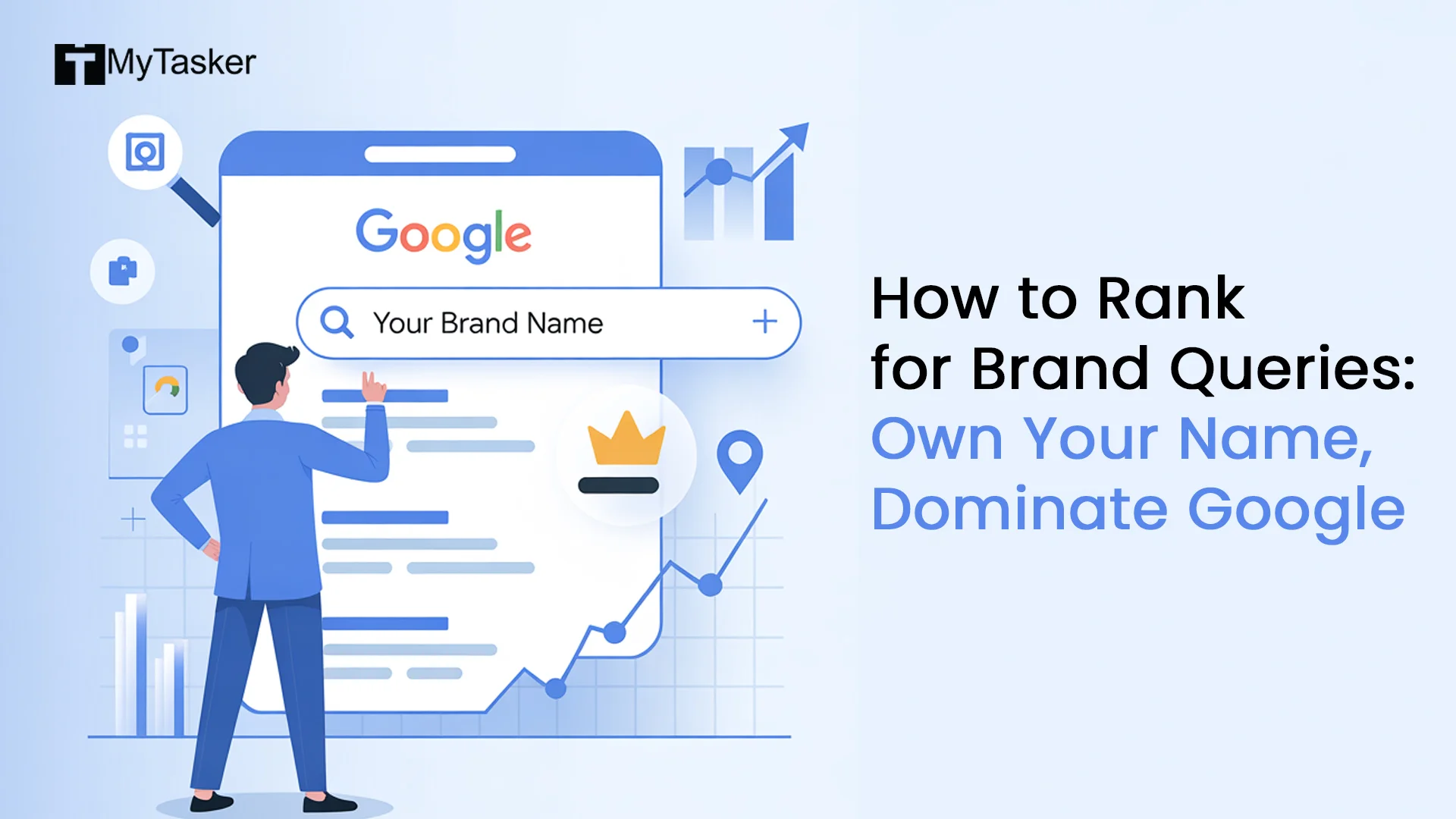"There's always room for a story that can transport people to another place."
-
J.K. Rowling
These famous writing quotes come from renowned authors around the world. For example, J.K. Rowling composed the famous story series of the fictional character, Harry Potter. Stories have the power to change the world. Human beings have been telling stories since the inception of time. Whether it is about Moses crossing the sea or Icarus flying too close to the Sun. Moreover, scientists have proven that we remember, learn, and teach better through stories. Additionally, more than sixty-two percent of marketers confirm that storytelling is an integral component of successful content marketing.
Persuasion is the cornerstone for establishing successful business connections. But how do you persuade your customers and viewers? Customers will not buy your products or subscribe to your services unless they are convinced of its benefits and applications.
In these sales situations, people often struggle to communicate properly. Sometimes, the most valuable insights and statistics to support your business or brand image can be outright dismissed.
What are Stories?
Stories explain and express how life and situations change with time. A story can be divided into three different stages. These are the beginning, intermediate, and the climax. Let us take you on a tour of what are stories in terms of business and branding. It is a weekday and you get up in the morning to go to work. Everything is fine and you pray that it stays this way. However, there is a turn of events and an inciting incident comes up that changes the course of your story. For example, you find a new job, your boss is retiring, or a valued customer threatens to unsubscribe from your services. A good story will illuminate the opposing factors that compel the protagonist to take the necessary steps. Nevertheless, vision, creativity, and skills are paramount to roll a story successfully.
A good story will portray a central message, reflect a real-time or imaginary conflict, build on characters, products, or services, choose noteworthy settings, ensure audience engagement with a rhythmic flow, and guide them through the ending.
What is the Art of Storytelling?
It is an interactive art form with wordplay and situational emphasis talking about a person, place, or series of events. Stories help the audiences to imagine. It is widely accepted across global communities and cultures.
Storytelling is a skill that can be improved with practice. It has innumerable benefits when it comes to conveying your business message or achieving your promotional goals. It is an interactive process that allows the viewers to imagine what could be and what could not be. Moreover, storytelling has a flow and helps to enhance communication skills. It allows you to be more expressive through your words or videos.
What are the Different Types of Storytelling?
-
Visual - Paintings are the most common form of visual stories. However, visual storytelling has significantly improved over the years and is no longer limited to paintings and sculptures. Movies, animations, and infographics are the latest visual techniques on how to tell stories. Additionally, brands make use of the most common form of visual storytelling through advertisements. It not only helps them to promote their brand or content but also reach out to a particular group of targeted audience. You can create short films and ads for any digital platform like Google, Facebook, YouTube, Instagram, etc.
-
Oral - This is the oldest storytelling technique which is a crucial tradition in different cultures around the world. Oral stories have been heard in the form of songs, poetries, and recitations. Regardless of the primitive way of telling stories, oral recitations continue to grow. People used to tell stories on the radio previously which is now converted to podcasts. Moreover, there are several other online options for people to tell stories and promote their businesses through social media Live features.
-
Digital - This is the latest storytelling method encompassing all other storytelling techniques with the help of the Internet. You can promote your brand and content with effective marketing techniques. Good storytelling is a part of your marketing strategy. Engaging stories will include videos, photos, and audio to support the situation. Additionally, new methods allow storytellers to create storyboards. Users can participate in these stories through play and quizzes. Interactive storytelling on digital platforms helps audiences to feel like a part of the script.
-
Written - This is the most accepted form of story where authors and content creators share their stories in the form of books, magazines, newspapers, etc. They are usually entertaining, educational, fictional, or documentaries highlighting something new or explaining a phenomenon or event. Additionally, there are options to share written stories online as well. Writers can do this in the form of E-books, blogs, and articles.
What Are Good Story Ideas?
Let us dive into a pool of inspiring storytelling ideas that promote your brand reputation distinctly -
-
Behind-the-Curtains Highlights - Showcase stories of how different tasks and teams perform and work for clients as behind-the-scene trailers. Remember to highlight members who usually do not get footage or are appreciated much. It gives your audiences insights into the working environment of the company and relate with their support assistants better.
-
Personal Member Success and Benefit Stories - Real-life stories of employees highlight the importance of your company and the impact on their lives. Moreover, you can share stories of customers who subscribed to your services and got the benefits and rewards from the same.
-
Future Predictions - Create an inspiring story about how the future of your company looks when you overcome obstacles and meet your long-term objectives. Include visuals of the members who helped your business grow and meet the goals in the future.
-
Before and After Storylines - Highlight how your products or services have resolved customer issues. Start by showcasing the problems they were facing and shift your focus on how you helped them overcome their problems with your offerings. Moreover, you can also include stories of people who were promoted to different positions or switched jobs but are performing extraordinarily well in their new positions.
-
Limelight for Donor - Equally emphasize the importance of each donor and business partner. Create compelling scripts to thank them for their contributions to the growth of your company. Ensure to promote big-to-small donors consistently in your story so that nobody feels left out. Remember, focussing on one business donor and leaving five others out of your story can negatively impact your business.
-
Milestone Achievements - Create unique stories for your brand on achieving milestones. Share celebration and success stories. For example, work anniversaries, awards and recognitions, and securing a client testimonial are some examples of corporate milestones. Sharing these stories highlights your attention to detail to outsiders and motivates the employees within your company.
-
Youth Point-of-Views - Highlight the experiences of freshers and young members who are learning and contributing to your success. Make a list of juniors, interns, and other employees in your organization below the age of 25 and compile an inspirational story.
-
International Holidays and Cultural Events - Promote and speak about different occasions and cultures from places all around the world. Highlight the secular and cultural events that are celebrated in your organization. Showcase how people from dynamic backgrounds come together to serve similar purposes regardless of their origins. Preach a sense of inclusiveness.
-
Cross-Generational Differences - Talk about the generational challenges and conduct debates among the old and new members of the organization. Walk through their experience with industrial and technological shifts. Find out esteemed techniques from older days and how work was done manually when there was no trace of enhanced technology.
-
Environmental Proposals - Talk about the environmental impacts related to your business and how it is contributing to a greener and sustainable future. Highlight the eco-friendly practices and instill a sense of nature-friendliness in a concrete jungle. Discuss governmental policies and regulations regarding the environment to keep people updated and motivated.
How To Plot A Good Story?
Good stories are timeless and have an everlasting impact on their audiences. Whether you talk about movies, books, or advertisements, there are unparalleled stories that leave the viewers awed. So, how do create evergreen stories? Let us go through some tips -
-
Audience Familiarity - Understanding who your readers or viewers are going to be is a big step before you think of your story. Whether it is working parents, athletes, online shoppers, etc. It is essential to understand everything about your viewers. Their age, demography, online habits, etc. This will help you plot your story better and connect with them with the right tone, humor, words, etc.
-
Emotional Inclination - Emotion is an X-factor to build any story. Try to connect with your audience at an emotional level and improve your emotional intelligence quotient. Discuss some grave problems that bother your audience and how you can fix them in your story. This will draw and engage audiences for a long time and serve your overall purpose.
-
Set the Scene of Origin - Give a brief introduction of your business origins, how it started, where it started, what was the goal, how things have changed with time, and a particular event from where the story begins.
-
Remember to be Creative - Ensure to cook a story that your readers or viewers can easily relate to. When they recognize a topic, they engage and stay longer to complete the story. Take this opportunity to introduce some personal level of creativity to make your audiences feel special. Introduce a situation where it is pivotal to make hard choices. Or you can jump cut to flashbacks or foresight that create a sense of suspense and thrill.
-
Be Punchline Specific - Create unique punchlines for your stories and put them in the right spots. Ensure they are original and sensible before you apply them. Try it during conversations with friends first if you have some doubts. Nevertheless, the impact of punchlines is tremendous when it comes to branding.
-
Remember to Keep it Simple - Regardless of the wordplay, emotions, and other factors that build your story, try to keep it simple. Do not focus entirely on your business or the product. Bring diversity into your story and explore the natural flow of the plot. Add some perspective with examples related to your industry. Most importantly, keep your audience in mind.
-
Prepare a Grand Finale - Bring closure to your story and conclude the suspense unless you want to build a series and keep the curiosity alive with your audience. Write a grand finale ending that will make your audience ask for more. Give them topics to think about in their free time with your unique stories. The more they think about your stories, the more they want to find out.
Takeaway
Explore the world of creative story writing and create remarkable stories that etch your audience's memories for a long time. Whether you want to promote a product or write an e-book on any topic, try professional SEO content writing services to enhance your possibilities and outreach.
MyTasker has a professional content writing team that can write stories for your college plays, Facebook Ads, YouTube videos, background histories, and more. Join us in a world of illuminated possibilities.





